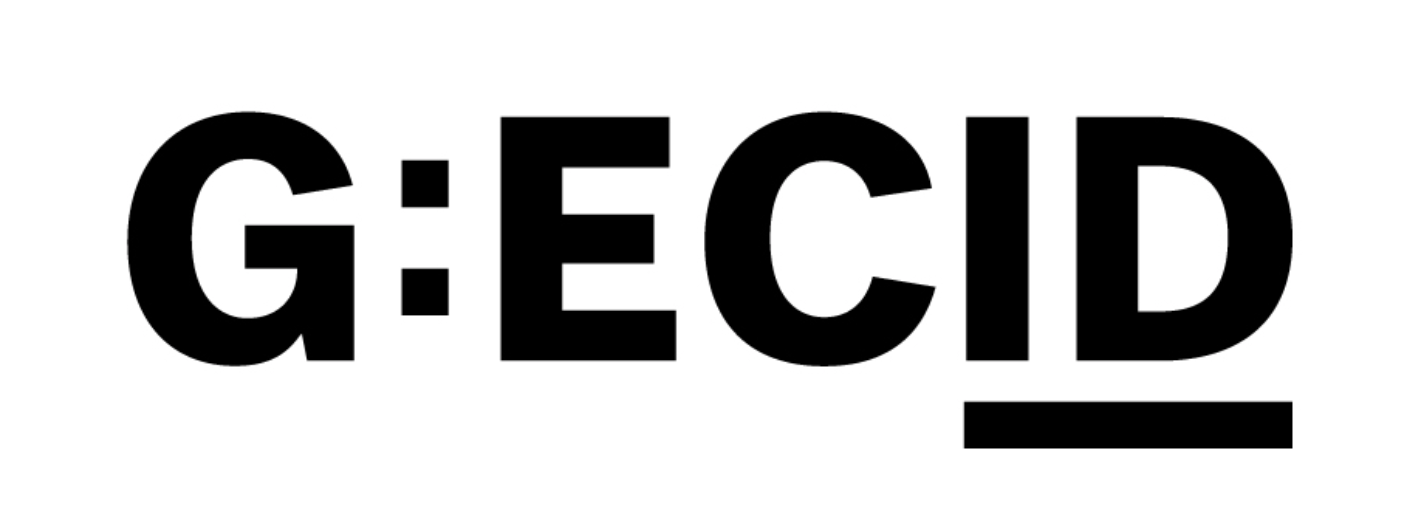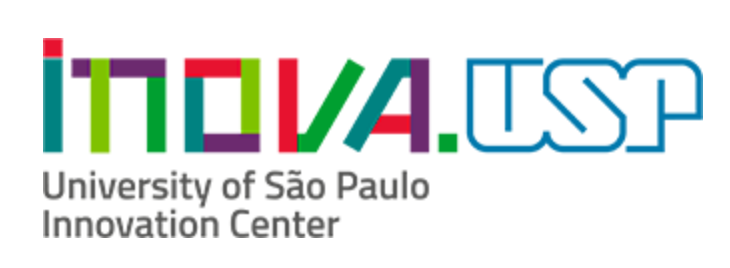About
Return to Chats Leia sobre o projeto em português.In partnership with aarea, the Grupo de Experiências Críticas em Infraestruturas Digitais (GECID) [Critical Experiments in Digital Infrastructures Group] / GAIA / C4AI, Inova USP, presents “Exch w/ Turkers”, a website that brings to light the role played by humans in running Artificial Intelligences (AIs), as well as their working conditions. Though frequently labeled as automatic and autonomous, AIs depend on work done by humans. In the project’s chat window, one can chat with some of the individuals who carry out Human Intelligence Tasks (HITs), small tasks that are used in the development of AI data banks. This kind of work is marked by the utter lack of belonging to that which one creates or builds and very low wages – while the minimum wage in the USA is 7,25 dollars an hour, these remote workers receive, on average, 2 dollars/hour.
Who are the Turkers?
Currently, around 500.000 people are employed in this kind of work through the Amazon Mechanical Turk (MTurk) digital platform, run by the American company Amazon. These workers are called turkers – here’s why. A study conducted by Difallah et all (2018) shows that 75% of turkers are based in the USA, 16% in India and 9% in other countries. It is estimated that 2 to 5 thousand workers are active on the platform at any given moment (Ipeirotis, 2018).
The number of active workers in this underground of technological practices grows by the day and is considered the “final telos of algorithmic labor” (Finn, 2017), a new standard achieved by the algorithmic capitalist economy, that of the “non-places” of work, a territory both diluted and hard to regulate. We also consider it a practical case of Marx called externalization or alienation (entaüßering) which not only transforms work into something with an external existence, but also into something that exists outside and despite its creator. Researchers use terms like “infoproleteriat” (Antunes and Braga, 2018, and Grohmann, 2018) in order to characterize this set or class of workers. The opportunity given to the Turkers to get to know their coworkers, and to establish contact between themselves, is virtually null, and this hinders, for instance, the articulation of the category inasmuch as labor regulations are concerned. As a reaction to this, “Exch w/ Turkers” has created an exclusive space for turkers to communicate between themselves, and which can only be seen by the general public.
In order to establish “Exch w/ Turkers”, we published an open call on the Amazon Mechanical Turk (MTurk) website. Following this, 5 Turkers of varied profiles were selected and hired to work for 30 minutes a day (excepting Sundays, their day off) answering questions asked by the participating public. This time period was calculated so as not to interfere with their usual workload, and the wages were set at 16 dollars per hour.
How does Exchanges with Turkers work?
The website’s structure is based on the logic of chats from the 1990s, a time when the internet was not yet dominated by big platforms and surveillance capitalism. One may start a chat with these professionals at any given moment. Before asking your question, we suggest you read the worker’s profile by clicking on “?” – this will allow you to learn more about his or her context.
Rejecting the instantaneousness of current mediums of communication, the Turkers will not be online and available to answer the questions in real time. In order to take part in the website, a contract was drawn out containing a set of commitments and a code of conduct policy which must be closely followed. This contract can be found here.
Why does this matter?
A considerable part of the idea of “automatism” is only made possible due to the wide employment of a human workforce – allowing us to state that part of the AI systems result not from “smart” or “intelligent” machines, but from machines that are programmed by intelligent humans. As engineers, programmers and other AI professionals are paid according to the current wage ceilings (while also having visibility), the Turkers who are willing to communicate with the public are made invisible to the point of being considered “ghost workers”. Even if temporarily, we wish to remove them from the abstraction of the cloud and radically rethink the idea of work in a technocapitalist society. In order to do so, there is no better way than to communicate and dialogue with those who create the structures for these systems and whose work goes virtually unrecognized.
* The “Exch w/ Turkers” project was conceived and developed by Bruno Moreschi, Bernardo Fontes, Guilherme Falcão and Gabriel Pereira of the Grupo de Experiências Críticas em Infraestruturas Digitais (GECID) / Grupo de Arte e Inteligência Artificial (GAIA), C4AI, InovaUsp, São Paulo, Brazil. An important part of the website's programming was carried out by Luciano Ratamero, who we thank immensely for the commitment. Aarea's technology and infrastructure consultant: Adriano Ferrari. Support from the Center for Arts, Design, & Social Research; Pedro Barbosa and Research and Collaboration Awards on the Histories of AI: A Genealogy of Power - Sawyer Seminar, Cambridge University.
* The project will be on show at the www.aarea.co from March 13 to 27, allowing visitors to communicate with the Turkers. After this date, the site will be transferred to exchanges.withturkers.net, where research on Turkers will continue to be conducted.
* For more information of Turkers, we recommend this reading list.



